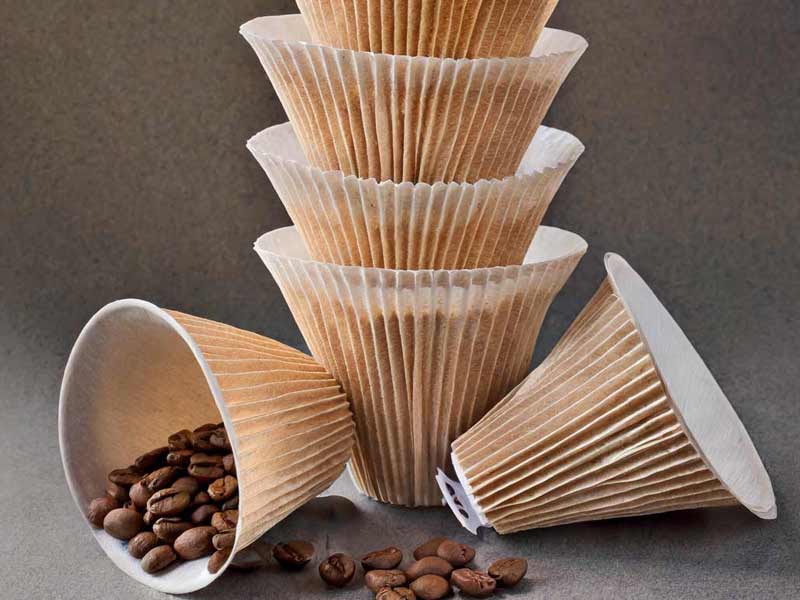The Importance of Choosing the Right Coffee Filter Sizes for Your Brewing Method
Coffee filters may seem like a small and insignificant part of the coffee brewing process, but they play a crucial role in the final taste and quality of your cup of coffee. Choosing the right size coffee filter for your brewing method is essential for achieving the perfect cup of coffee. In this comprehensive guide, we will discuss the importance of selecting the correct size coffee filter and how it can impact your coffee brewing experience.
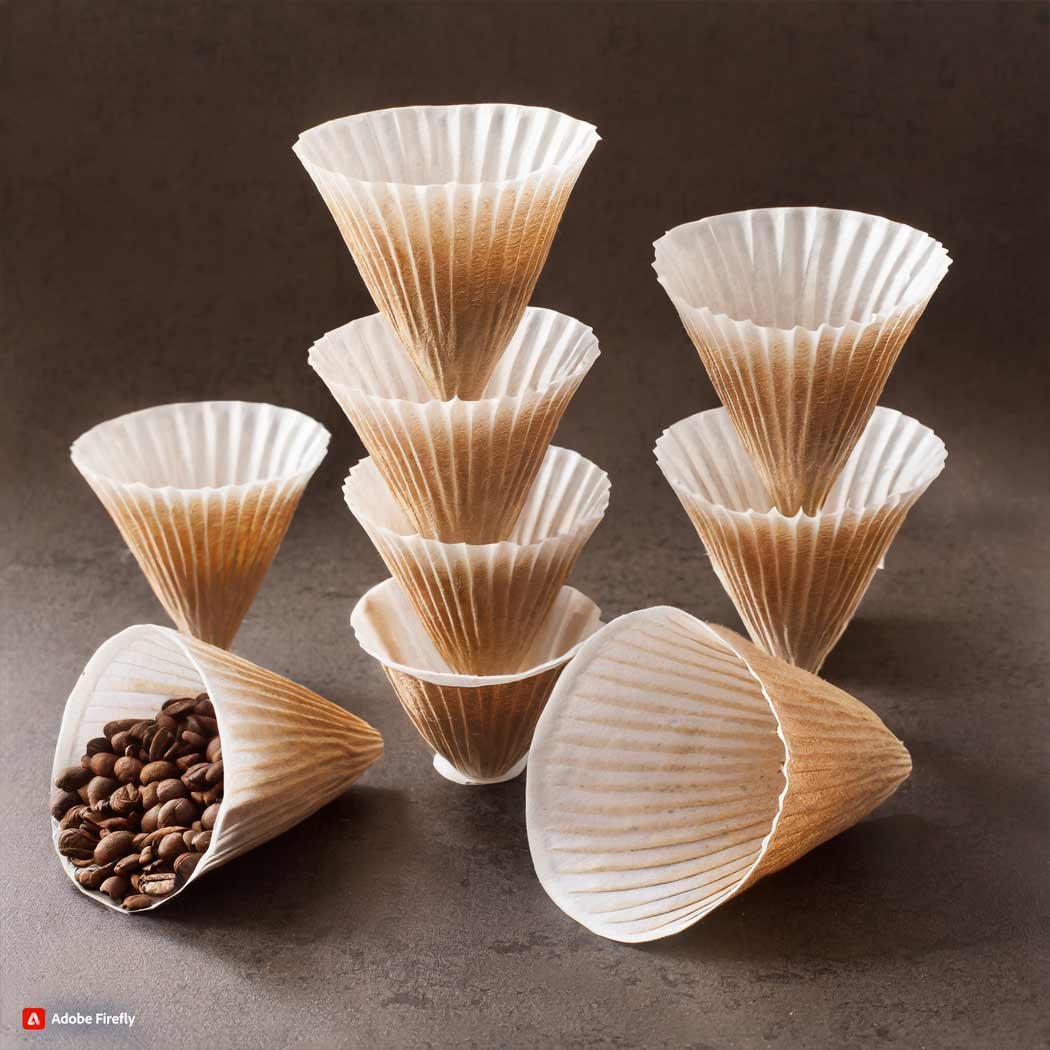
First and foremost, it is essential to understand that not all coffee filters are created equal. There are various sizes and shapes available in the market, and each one is designed for a specific brewing method. Using the wrong size filter can result in an under-extracted or over-extracted cup of coffee, leading to a less than satisfactory taste. Therefore, it is crucial to know which size filter is suitable for your brewing method.
The most common sizes of coffee filters are #2, #4, and #6. The number indicates the size of the filter, with #2 being the smallest and #6 being the largest. The size of the filter corresponds to the size of the coffee maker or the amount of coffee it can brew. For instance, a #2 filter is suitable for a single cup pour-over, while a #4 filter is ideal for a 4-6 cup drip coffee maker. It is essential to note that using a filter that is too small for your coffee maker can result in overflowing and messy brewing process, while using a filter that is too large can lead to a weak and under-extracted cup of coffee.
Another factor to consider when choosing the right size coffee filter is the type of coffee you are using. If you prefer a strong and bold cup of coffee, a larger filter may be necessary to accommodate a higher coffee-to-water ratio. On the other hand, if you prefer a milder and smoother cup of coffee, a smaller filter may be sufficient. It is also worth noting that some coffee filters are designed specifically for certain types of coffee, such as cone-shaped filters for pour-over brewing or flat-bottomed filters for drip coffee makers. Using the wrong type of filter can affect the flow rate of water and result in an uneven extraction of flavors from the coffee grounds.
In addition to the size and type of filter, the material of the filter also plays a significant role in the brewing process. Paper filters are the most commonly used and are available in various sizes. They are affordable, disposable, and easy to use. However, they can absorb some of the coffee oils and result in a lighter-bodied cup of coffee. On the other hand, metal filters, such as stainless steel or gold-plated, are reusable and allow more of the coffee oils to pass through, resulting in a fuller-bodied cup of coffee. However, they may require more maintenance and can be more expensive than paper filters.
In conclusion, choosing the right size coffee filter is crucial for achieving the perfect cup of coffee. It is essential to consider the size and type of filter, as well as the material, to ensure a balanced and flavorful cup of coffee. Experimenting with different sizes and types of filters can also help you find the perfect fit for your personal taste preferences. So the next time you brew your morning cup of coffee, remember to size it right for a delicious and satisfying experience.
Understanding the Different Coffee Filter Sizes and How to Use Them
Coffee filters are an essential part of brewing a perfect cup of coffee. They not only help to remove any impurities from the coffee grounds, but they also play a crucial role in determining the strength and flavor of your coffee. However, with so many different sizes of coffee filters available in the market, it can be overwhelming to choose the right one for your brewing needs. In this comprehensive guide, we will take a closer look at the different sizes of coffee filters and how to use them to achieve the perfect cup of coffee.
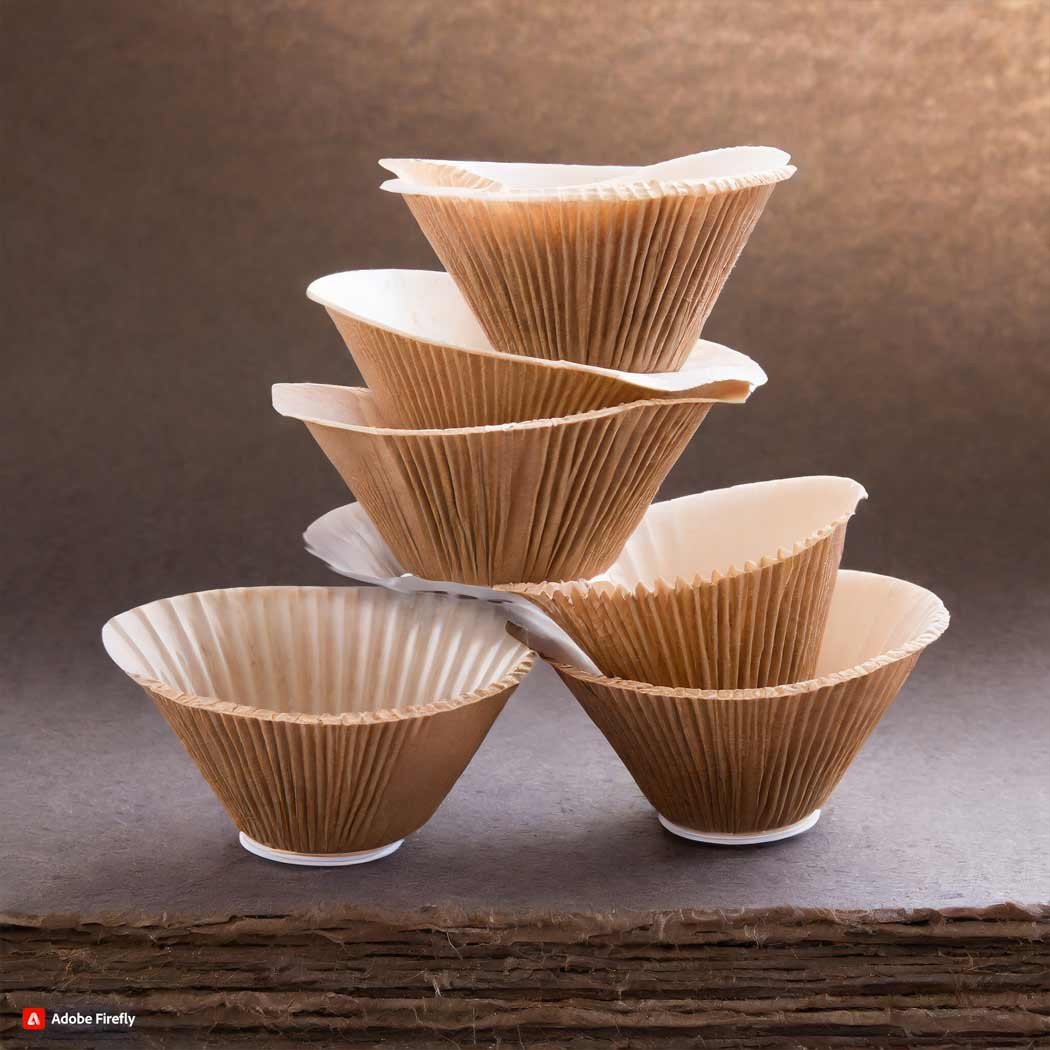
Firstly, let’s understand the different sizes of coffee filters available. The most common sizes are 1, 2, 4, and 6. These numbers represent the number of cups of coffee the filter can hold. For example, a size 2 filter can hold enough coffee grounds to make 2 cups of coffee. It is essential to note that these sizes are not standardized across all brands, so it is always best to check the packaging for the exact dimensions.
Size 1 filters are the smallest and are typically used for single-serve coffee makers or pour-over brewing methods. They are perfect for making a single cup of coffee and are also suitable for travel or camping purposes. Size 2 filters are slightly larger and are commonly used for drip coffee makers that make 2-4 cups of coffee. They are also suitable for pour-over brewing methods and are a popular choice for home use.
Size 4 filters are the most commonly used size and are suitable for drip coffee makers that make 4-6 cups of coffee. They are also used for larger pour-over brewing methods and are a popular choice for offices or households with multiple coffee drinkers. Size 6 filters are the largest and can hold enough coffee grounds to make 10-12 cups of coffee. They are commonly used in commercial coffee makers or for large gatherings.
Now that we have a better understanding of the different sizes of coffee filters, let’s discuss how to use them correctly. The first step is to ensure that the filter fits snugly in your coffee maker. If the filter is too small, it can result in coffee grounds spilling over and ending up in your cup. On the other hand, if the filter is too big, it can cause the water to overflow, resulting in a weak and watery cup of coffee.
Next, it is essential to pre-wet the filter before adding the coffee grounds. This step helps to remove any paper taste from the filter and also helps the filter stick to the sides of the coffee maker, preventing it from collapsing. To pre-wet the filter, simply pour some hot water over it and discard the water before adding the coffee grounds.
When it comes to adding the coffee grounds, it is crucial to follow the recommended amount for the size of the filter. Using too little coffee grounds can result in a weak and flavorless cup, while using too much can lead to an over-extracted and bitter cup. It is always best to measure the coffee grounds using a kitchen scale for accuracy.
Once the coffee grounds are added, it is time to start the brewing process. It is essential to keep an eye on the coffee maker and make sure that the water is flowing through the filter at a steady pace. If the water is flowing too quickly, it can result in a weak cup of coffee, and if it is flowing too slowly, it can lead to an over-extracted and bitter cup.
In conclusion, choosing the right size of coffee filter is crucial for brewing a perfect cup of coffee. Understanding the different sizes available and how to use them correctly can make a significant difference in the strength and flavor of your coffee. So the next time you are at the store, make sure to pick the right size of coffee filter for your brewing needs. Happy brewing!
Tips for Finding the Perfect Coffee Filter Sizes for Your Personal Brewing Preferences
Coffee filters may seem like a small and insignificant part of the coffee brewing process, but they play a crucial role in the taste and quality of your cup of joe. With so many different sizes and types of coffee filters available, it can be overwhelming to determine which one is the right fit for your personal brewing preferences. In this comprehensive guide, we will break down the different sizes of coffee filters and provide tips for finding the perfect one for your daily coffee routine.
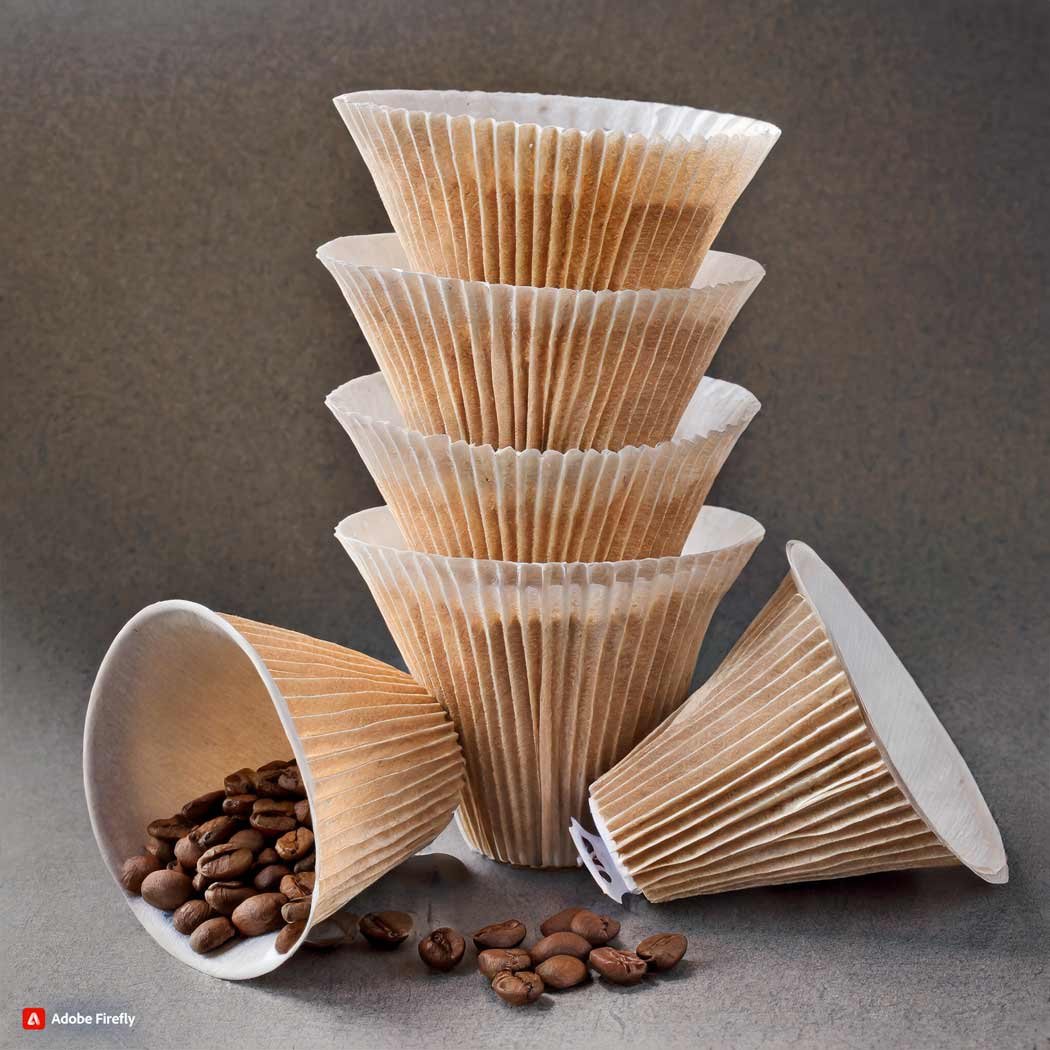
First and foremost, it is important to understand that coffee filters come in various sizes to accommodate different brewing methods and machines. The most common sizes are #2, #4, and #6, with #4 being the most widely used. These numbers refer to the size of the filter and correspond to the number of cups of coffee it can brew. For example, a #2 filter is suitable for brewing 2 cups of coffee, while a #4 filter can brew 4 cups.
When it comes to finding the perfect coffee filter size, it is essential to consider the type of coffee maker you have. Drip coffee makers typically use #2 or #4 filters, while pour-over methods like Chemex or Hario V60 use #4 filters. French press and cold brew methods do not require filters at all. It is crucial to check the manufacturer’s instructions or do some research to determine the appropriate filter size for your specific coffee maker.
Another factor to consider when choosing a coffee filter size is the strength and flavor of your coffee. If you prefer a stronger and bolder cup, opt for a smaller filter size. This is because a smaller filter allows the water to pass through the coffee grounds at a slower rate, resulting in a more concentrated and robust flavor. On the other hand, if you prefer a milder and smoother cup, a larger filter size would be more suitable as it allows the water to pass through the grounds at a faster rate, resulting in a lighter brew.
It is also essential to consider the thickness of the filter when selecting the right size. Thicker filters, such as those made of paper or cloth, tend to trap more oils and sediment from the coffee grounds, resulting in a cleaner and smoother cup. Thinner filters, such as those made of metal or nylon, allow more oils and sediment to pass through, resulting in a richer and fuller-bodied cup. Keep in mind that thicker filters may require a slightly larger size to accommodate the extra material.
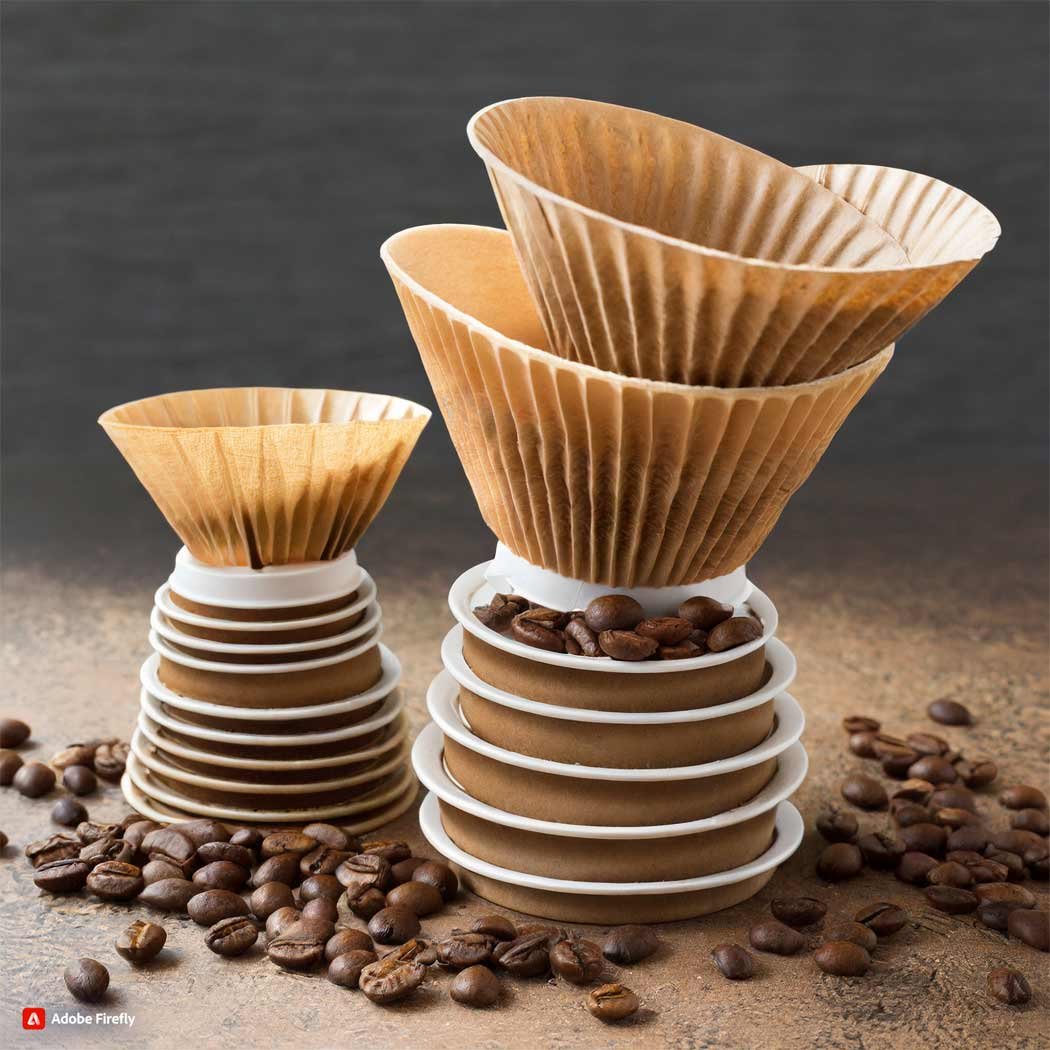
If you are someone who enjoys experimenting with different brewing methods, it may be beneficial to have multiple sizes of coffee filters on hand. This way, you can switch between methods and filter sizes to achieve the perfect cup of coffee for your taste buds. It is also worth noting that some coffee makers, such as the AeroPress, have their own unique filter sizes, so be sure to check the manufacturer’s instructions before purchasing filters.
Top On Sale Product Recommendations!
51/58MM Portafilter Stainless Steel Coffee Machine Bottomless Filter For Barsetto Holder Wooden Handle Professional Accessory
Original price: CAD 52.84
Now price: CAD 39.63

In addition to the size, it is crucial to pay attention to the quality of the coffee filter. Cheaper filters may be more affordable, but they can also affect the taste and quality of your coffee. Low-quality filters may tear or break easily, resulting in grounds in your cup or a weak and watery brew. Investing in high-quality filters, such as those made of unbleached paper or organic cotton, can make a significant difference in the overall taste of your coffee.
In conclusion for Coffee Filter Sizes, finding the perfect coffee filter size for your personal brewing preferences may require some trial and error. Consider the type of coffee maker you have, the strength and flavor of your coffee, and the thickness of the filter when selecting the right size. Investing in high-quality filters can also enhance the taste and quality of your daily cup of coffee. With these tips in mind, you can confidently choose the right coffee filter size for a delicious and satisfying cup every time.
Q&A for Coffee Filter Sizes
Q: What is the purpose of a coffee filter?
A: The purpose of a coffee filter is to remove any grounds or sediment from the brewed coffee, resulting in a smoother and cleaner cup of coffee.
Q: How do I know which Coffee Filter Sizes to use?
A: The size of the coffee filter depends on the type of coffee maker you are using. It is important to refer to the manufacturer’s instructions or consult a comprehensive guide to determine the correct size for your specific coffee maker.
Q: Are there different Coffee Filter Sizes available?
A: Yes, there are different sizes of coffee filters available to accommodate various types of coffee makers. Some common sizes include #2, #4, and #6 filters, but there may be other sizes available depending on the brand and type of coffee maker.
Conclusion for Coffee Filter Sizes
In conclusion for Coffee Filter Sizes, Sizing it Right: A Comprehensive Guide to Coffee Filters Sizes is a valuable resource for coffee lovers and baristas alike. It provides a thorough explanation of the different sizes of coffee filters and their uses, helping readers to choose the right filter for their specific brewing method. The guide also includes helpful tips and recommendations for achieving the perfect cup of coffee. With this guide, coffee enthusiasts can confidently navigate the world of coffee filters and enhance their brewing experience.
Please follow us on linkedin. You can learn all best canadian food recipes you can check our Culinary 1TouchFood Youtube and Telegram 1TouchFood page. Don’t forget Fighting Obesity Magazine and Radio Cooking.

